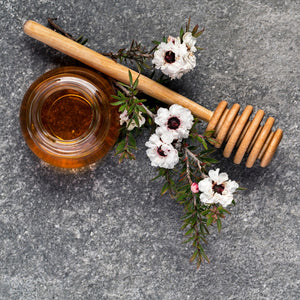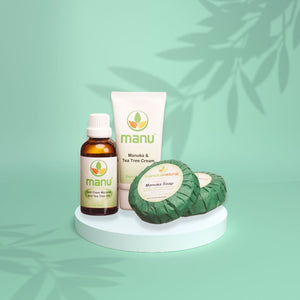Type 2 diabetes, characterized by insulin resistance and high blood sugar levels, is a growing global health concern. While conventional medicine offers effective treatments, there is increasing interest in herbal medicine for both prevention and management of the condition. Medicinal plants, with their natural bioactive compounds, have shown significant potential in controlling blood glucose levels and improving insulin sensitivity. Here, we explore some of the most promising plants that may play a crucial role in the future of type 2 diabetes management.

Bitter Melon (Momordica charantia)

Bitter melon, a tropical fruit commonly used in Asian and African traditional medicine, has shown promising results in managing blood sugar levels. The plant contains compounds such as charantin, vicine, and polypeptide-p, which mimic insulin, thus helping to lower blood glucose levels. Several studies suggest that bitter melon can enhance cellular uptake of glucose and improve insulin sensitivity, making it a strong candidate for diabetes management.
Fenugreek (Trigonella foenum-graecum)

Fenugreek seeds are rich in soluble fiber, which slows down the digestion and absorption of carbohydrates, leading to better blood sugar control. Additionally, fenugreek contains amino acids like 4-hydroxyisoleucine, which may stimulate insulin secretion. Clinical trials have demonstrated that fenugreek can reduce fasting blood glucose levels and improve glucose tolerance, positioning it as a potential therapeutic agent in managing type 2 diabetes.
Cinnamon (Cinnamomum spp.)

Cinnamon is widely recognized for its ability to improve insulin sensitivity and lower blood sugar levels. The bioactive compound cinnamaldehyde in cinnamon has been shown to enhance insulin signaling and glucose uptake in cells. Some studies suggest that regular consumption of cinnamon can lead to significant reductions in fasting blood glucose and hemoglobin A1c (HbA1c) levels, which are critical markers of long-term blood sugar control.
Turmeric (Curcuma longa)

Turmeric, a staple in traditional Indian medicine, contains curcumin, a compound with potent anti-inflammatory and antioxidant properties. Curcumin has been found to improve insulin sensitivity and reduce blood glucose levels in both animal and human studies. Its ability to combat oxidative stress and inflammation, both of which are key factors in the development of insulin resistance, makes turmeric a promising candidate for diabetes prevention and management.
Berberine

Berberine, a bioactive compound found in several plants like Goldenseal (Hydrastis canadensis) and Barberry (Berberis vulgaris), has garnered attention for its potent anti-diabetic properties. Berberine activates AMP-activated protein kinase (AMPK), an enzyme that plays a crucial role in regulating blood sugar levels. Clinical trials have shown that berberine is as effective as some conventional diabetes drugs, such as metformin, in lowering blood glucose and improving insulin sensitivity.
Ginseng (Panax ginseng)

Ginseng, a widely used herbal remedy in traditional Chinese medicine, has demonstrated significant potential in managing type 2 diabetes. The ginsenosides found in ginseng are believed to enhance insulin production and improve glucose uptake in cells. Several studies have shown that ginseng supplementation can lead to improved fasting blood glucose levels and better overall glycemic control.
Aloe Vera

Aloe vera, commonly known for its skin-healing properties, also offers benefits for blood sugar control. Aloe vera gel contains compounds like glucomannan, which have been shown to lower blood glucose levels. Research suggests that aloe vera supplementation can improve fasting blood sugar and HbA1c levels, making it a potential complementary treatment for type 2 diabetes.
Gymnema Sylvestre

Gymnema sylvestre, known as "sugar destroyer" in traditional Indian medicine, has been used for centuries to treat diabetes. The plant contains gymnemic acids, which help reduce sugar absorption in the intestines and enhance insulin function. Some studies suggest that Gymnema sylvestre can regenerate pancreatic beta cells, which produce insulin, and lower blood sugar levels effectively.
Conclusion
The use of medicinal plants in the prevention and treatment of type 2 diabetes holds significant promise. Bitter melon, fenugreek, cinnamon, turmeric, berberine, ginseng, aloe vera, and Gymnema sylvestre are among the most promising candidates, each offering unique mechanisms of action that target different aspects of the disease. While these plants show great potential, it is essential for future research to focus on standardizing dosages, understanding long-term effects, and ensuring safety through clinical trials. With continued exploration, these medicinal plants could play a pivotal role in the future of diabetes management, offering natural, effective, and accessible alternatives to conventional treatments.




发表评论